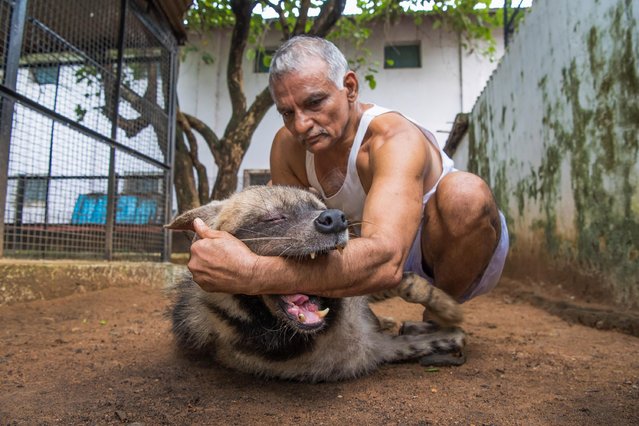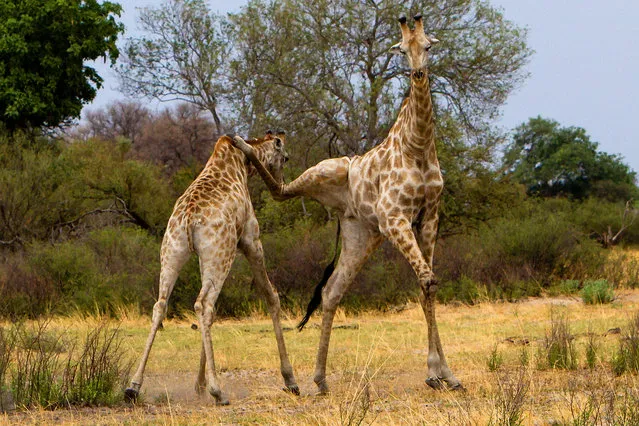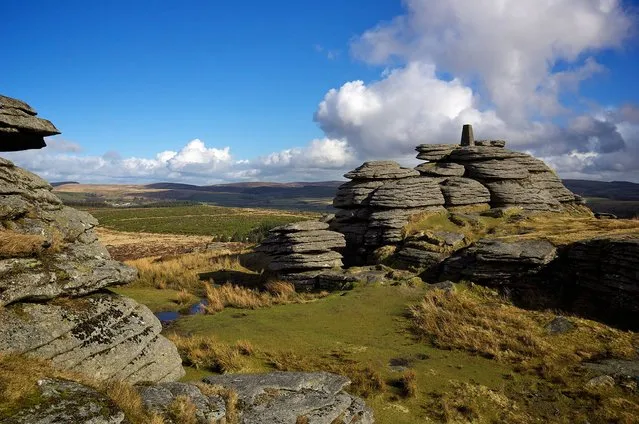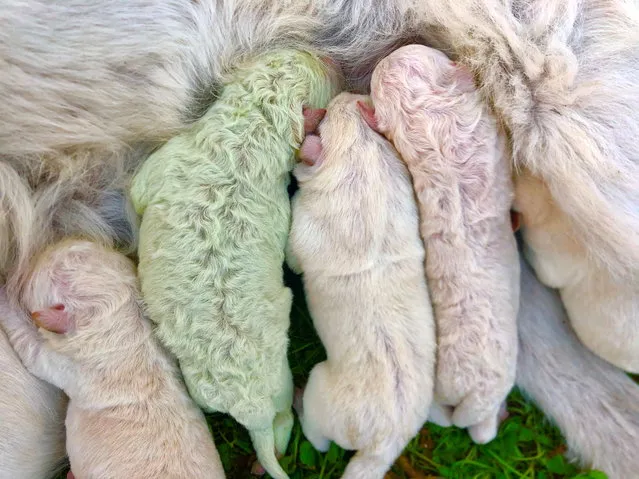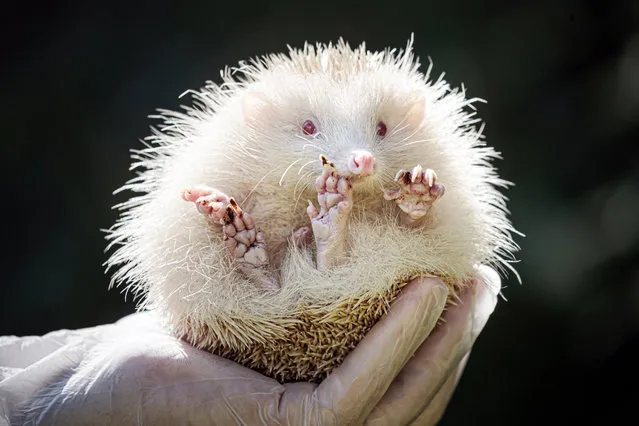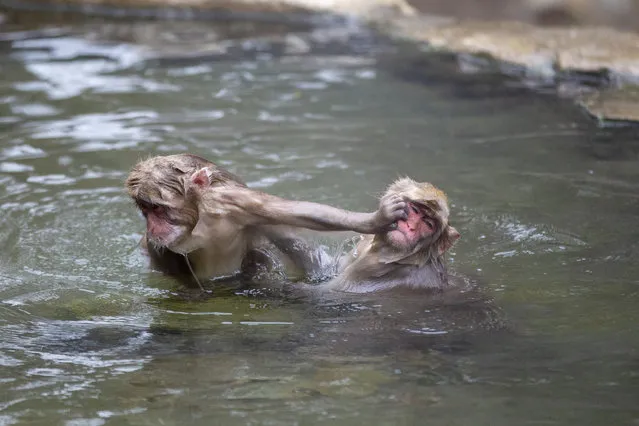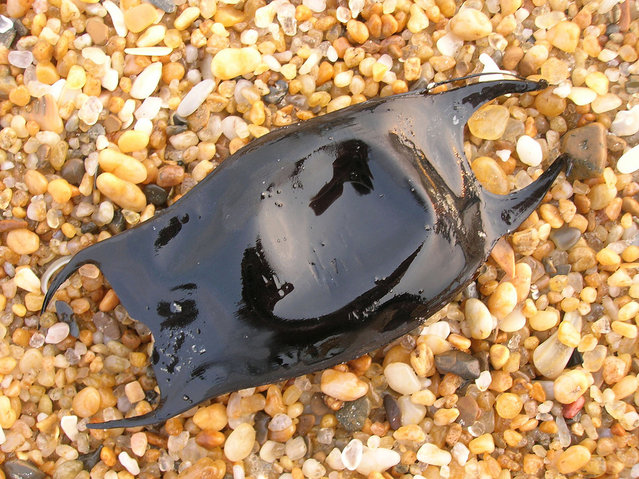
“An egg case or egg capsule, colloquially known as a mermaid's purse or devil's purse, is a casing that surrounds the fertilized eggs of some sharks, skates, and chimaeras”. – Wikipedia. Photo: OBX Skate (Raja eglanteria) Egg Case – Mermaid's Purse. (Photo by altereye1)
06 Oct 2012 07:24:00,post received
0 comments

